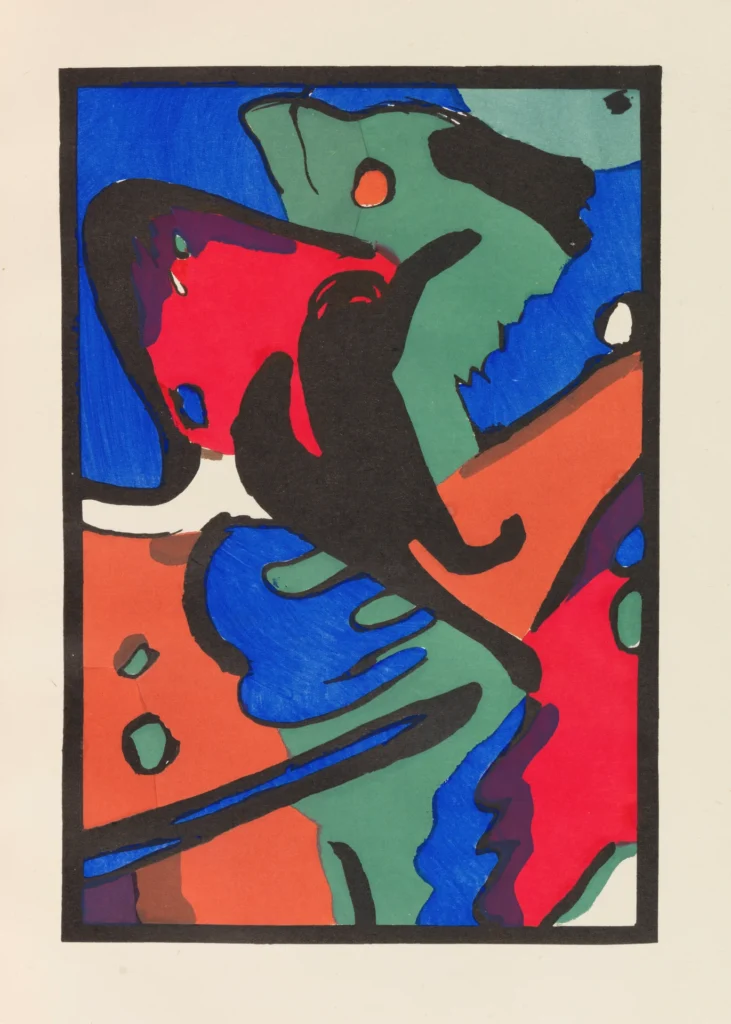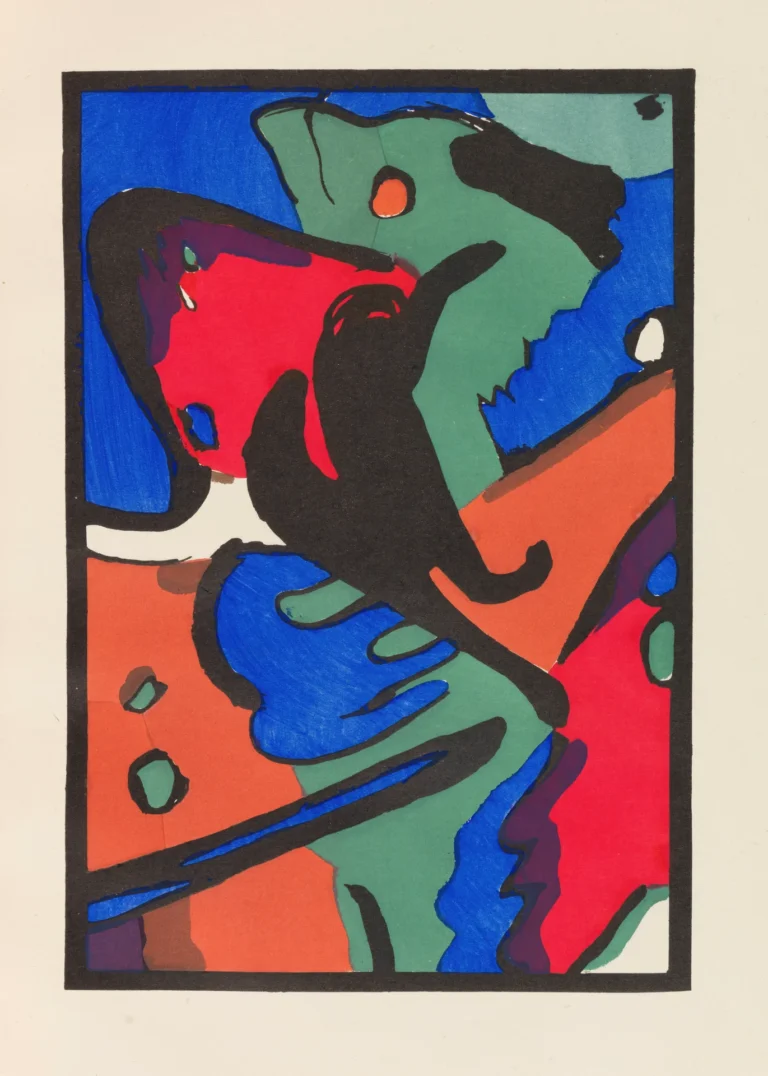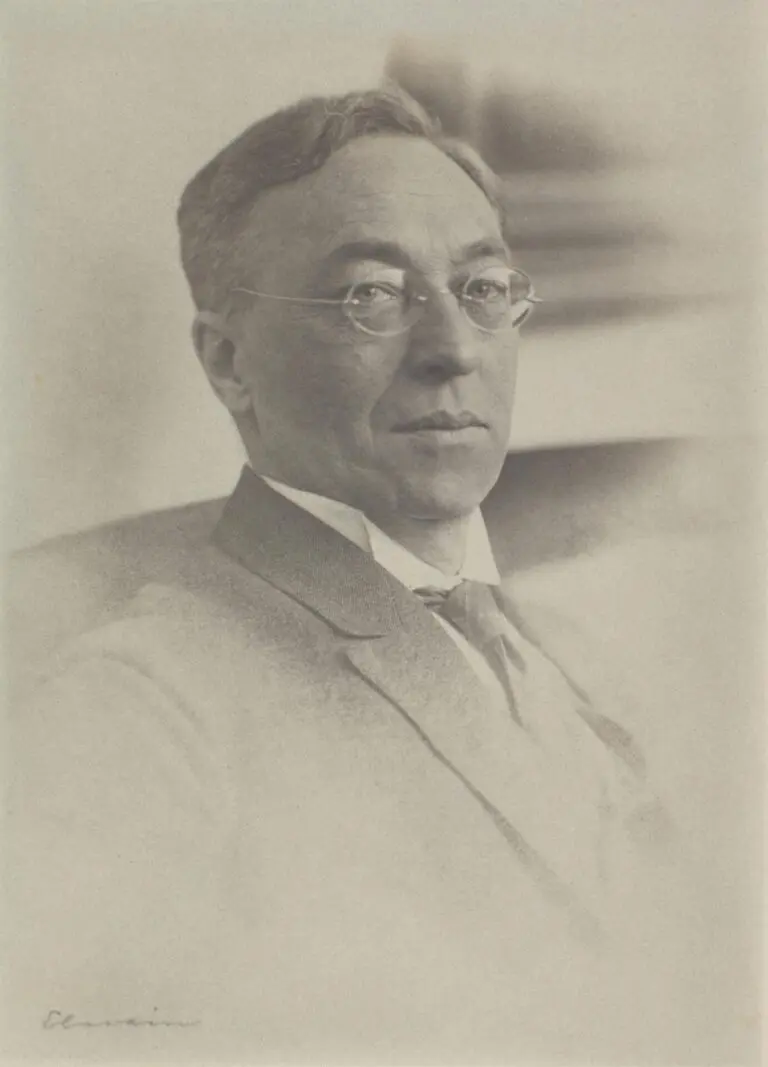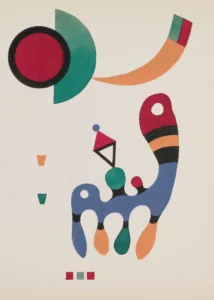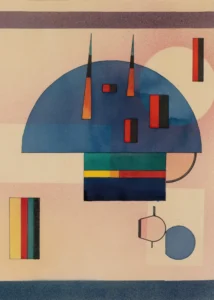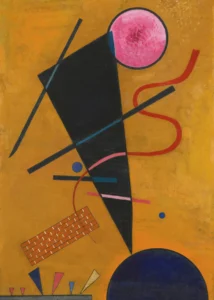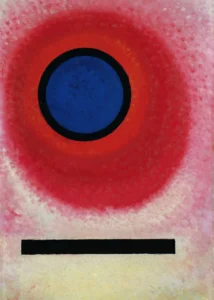Der Blaue Reiter (1903)
Der Blaue Reiter. painted by Wassily Kandinsky in 1903, depicts a horseman dressed in a blue cloak riding a white horse against a vibrant meadow backdrop. This artwork signifies a notable transition in Kandinsky's work from the Impressionism of his earlier years to the evolution of modern abstract art. The color blue is especially meaningful, symbolizing spirituality and influencing his later masterpieces and the movement he helped establish—Der Blaue Reiter, or The Blue Rider, which sought to explore the spiritual and emotional depths of art through abstraction.
Year 1903, Art Movement 1911 - 1914
About the Artwork
The journey of Der Blaue Reiter begins with Wassily Kandinsky's artistic evolution in the early 20th century, rooted in an exploration of color and form that intended to evoke emotional and spiritual responses. The painting features a striking blue rider—Kandinsky's personal representation of spirituality—amidst a natural landscape, which reflects his belief that art transcends mere depiction. In 1911, he co-founded the Der Blaue Reiter movement, which aimed to express the interconnectedness of art and spirituality while fostering a strong sense of community among progressive artists in Munich. The movement's influence extended beyond its brief existence, shaping modern art and bequeathing a legacy that continues to resonate today.
Did You Know
Liked what you see? Add it to your collection.
Enjoyed reading? Share it.
... continued
The Painting (1903)
The original painting Der Blaue Reiter was created by Wassily Kandinsky in 1903. This oil on card work depicts a horseman in a blue cloak riding a white horse through a meadow with a forest in the background. It marked an important transition in Kandinsky's artistic style from impressionism to the beginnings of modern abstract art. The color blue held spiritual significance for Kandinsky, a theme that would be central to his later work and the movement he co-founded.
The Art Movement (1911-1914)
In 1911, Kandinsky and Franz Marc founded the art movement Der Blaue Reiter in Munich. This group was a key part of German Expressionism and focused on abstract forms, prismatic colors, and the spiritual values of art. The movement was characterized by its emphasis on color and form carrying concrete spiritual values, and the artists often drew parallels between painting and music. The name Der Blaue Reiter symbolized the group's ideals, with blue representing spirituality and the rider symbolizing transcendent mobility.
The Almanac (1912)
The movement also published an influential almanac titled Der Blaue Reiter in 1912. This almanac featured contemporary, primitive, and folk art, as well as children's paintings. It included original woodcuts and reproductions of other works of art, and Kandinsky's woodcut cover for the almanac is particularly notable for its bold, flat, "primitive" style, reflecting the group's aesthetic and ideals.
Key Works and Legacy
Kandinsky's work during this period, such as "Composition VII" and "The Fate of the Animals," exemplified the movement's shift towards abstraction and its exploration of spiritual themes. However, the outbreak of World War I in 1914 disrupted the group, leading to its dissolution. Despite its short existence, Der Blaue Reiter had a significant impact on modern art, influencing subsequent movements and artists.




